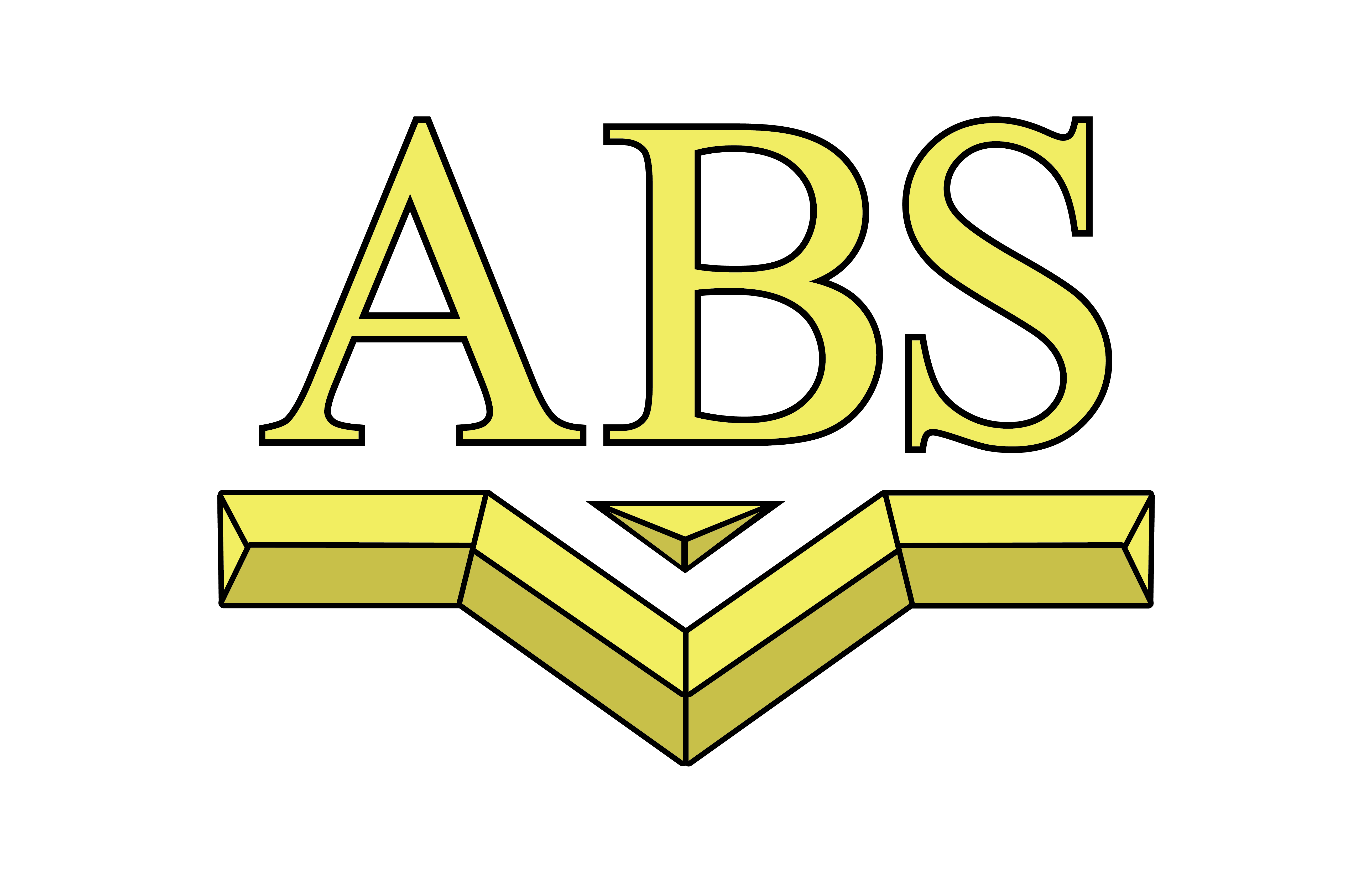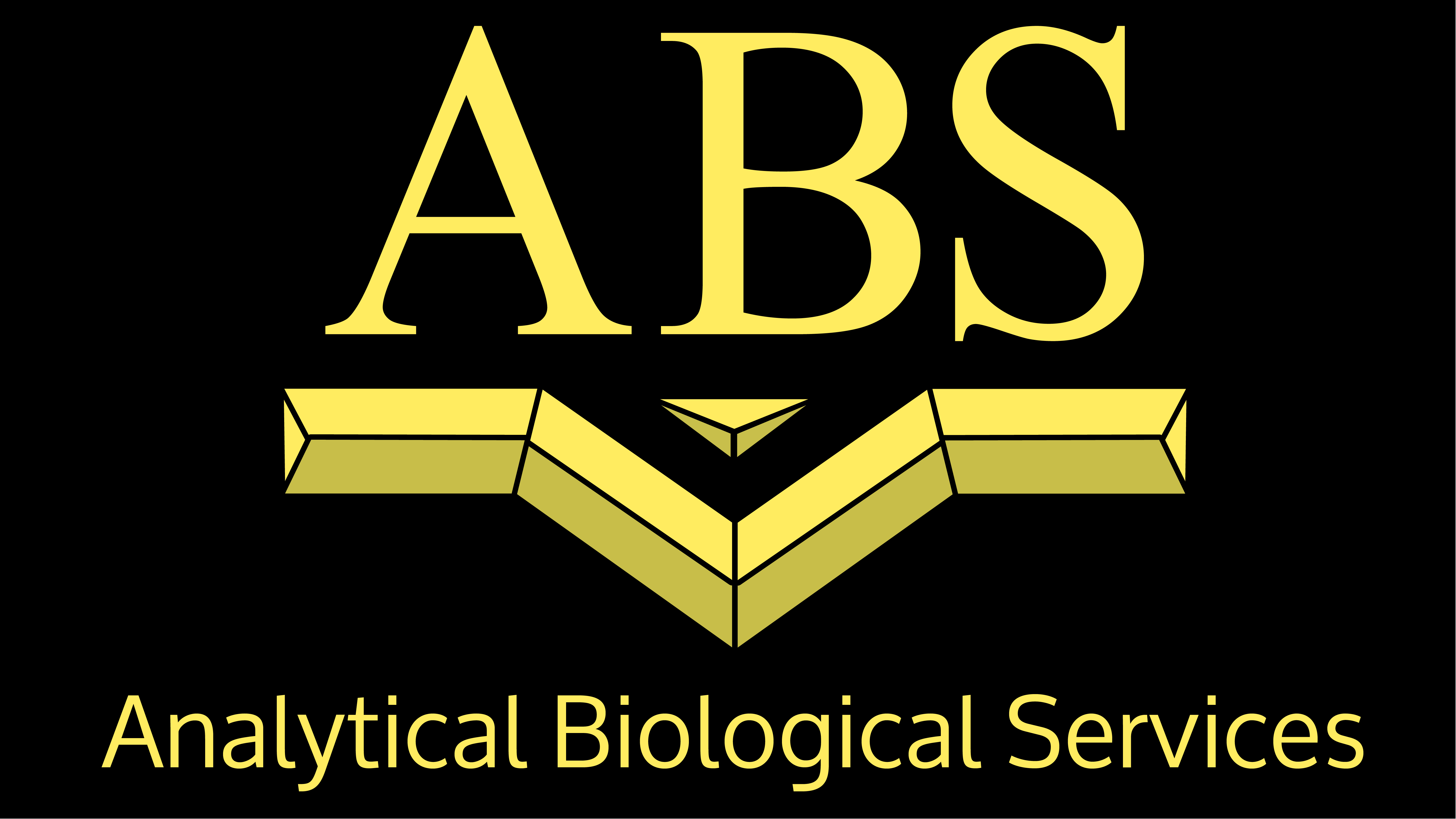
In a growing organization, employees should be the key drivers of change. They can also put the brakes on new innovations if they are not an integral part of the change process. It is the collaborative interactions between clients, staff, and management that make meaningful changes happen.
Employees are typically closest to both clients and the actual work of delivering value to those clients. Therefore, their input is often the most relevant. However, too often, the voice of employees is lost in the constant effort to deliver. Quickly and reliably fulfilling orders makes both listening and change difficult. At ABS, we strive to listen not only to our clients, but also to our staff who supply high quality products and services.
This month, we will complete the purchase of a 48,000 sq. ft. office building. We will convert most of this space into new laboratories. Our first line of inquiry regarding lab requirements was not with architects and engineers. We started with our staff because they are closest to the work that they do. Using surveys and group discussions, we are looking for a design that provides a good and productive work environment. Lab designers, architects, engineers, and workflow experts will come next to meet the needs of the people doing the work.
In the same way, when we design a new process, it begins with the needs of our clients and staff. We invite our staff to be the creators of change. New eyes and perspectives can provide valuable insights, but most often it is preferable that those closest to the work serve as the designer to create effective changes. This approach facilitates progress and reduces negative reactions to change. It is our objective that those who are responsible for the work shape the changes that foster the goals of our clients and ourselves.
The next post will describe how ideas for change can come from unexpected places.




